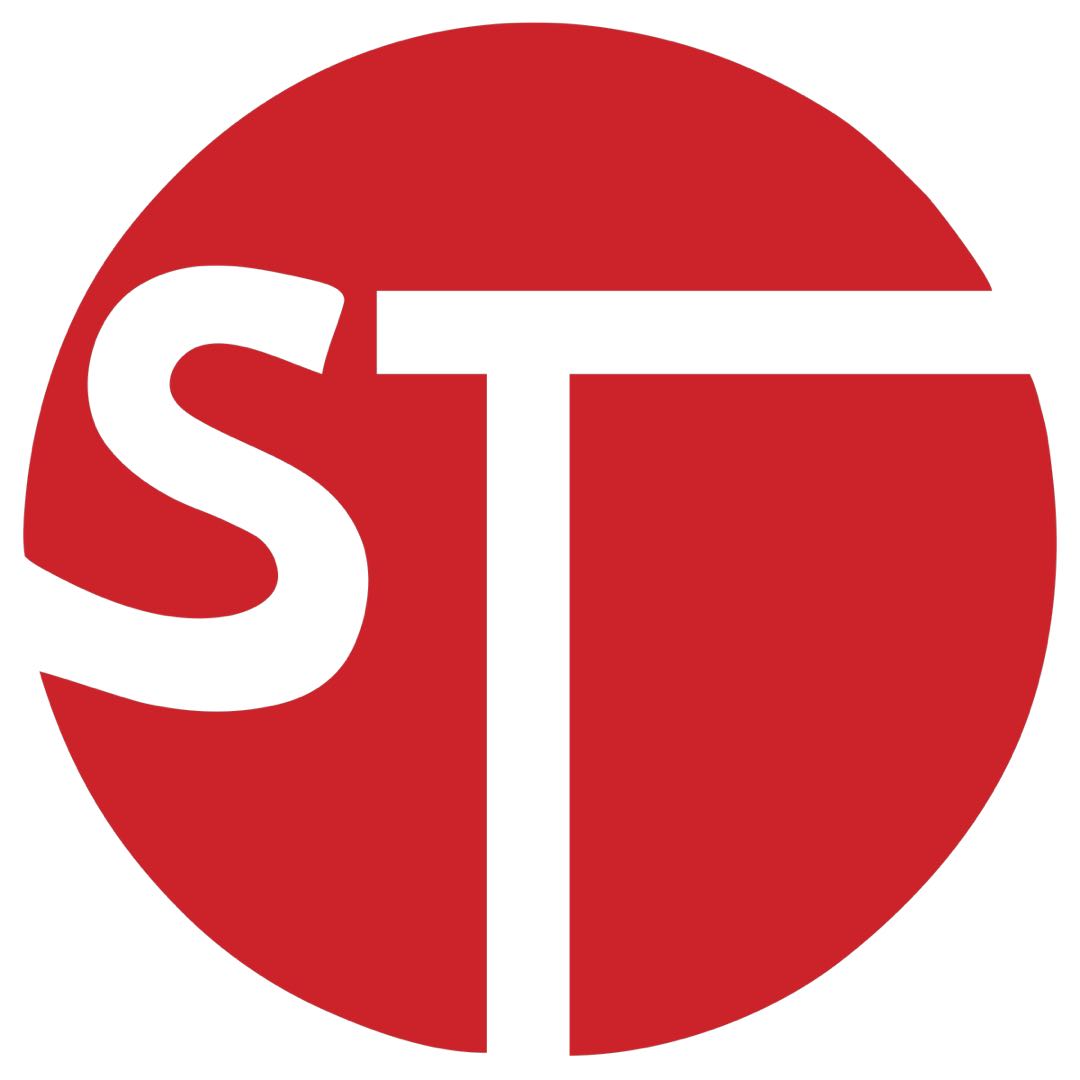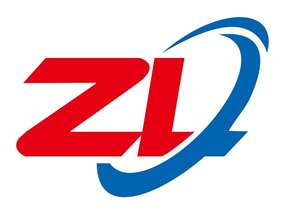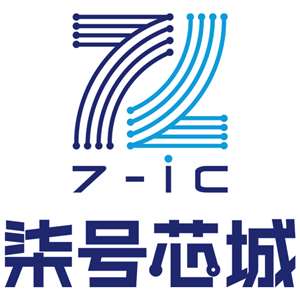®
STV0681
DUAL-MODE DIGITAL CAMERA CO-PROCESSOR
DESCRIPTION
● Quick Power Down (by holding Mode Button).
STMicroelectronics Imaging Division has produced
the camera co-processor STV0681 which, used
with CIF/VGA sensors as part of a low cost dual-
mode camera chipset, allows a new line of low cost
cameras or toy products to be brought to the
market. STV0681 is a mask ROM version of
STV0680B, programmed with v3.00 Firmware.
● “Delete Last” Function
Audio Record and Playback
The enhanced features included in STV0681 allow
audio memos to be recorded at a sampling rate of
11kHz, by adding a microphone and comparator
chip, and by utilizing the pre-amplifier included in
CIF/VGA sensors such as VV6411 and VV6501
respectively.
FEATURES
ST have maintained the standard features already
available in the successful STV068B chipset,
including:
These sounds can be uploaded to the PC over USB
or RS232, and played back using a Software
application developed by the OEM using the SDK.
Demonstration PC software with source code is
available with the Evaluation Kit (EVK). With
suitable OEM software, the camera could even be
used to record comments about pictures or video
clips in a “dictaphone” fashion, with the audio
commentary played back when viewing the
pictures/video.
● Support for VV6411 (CIF) and VV6501 (VGA)
CMOS imaging sensors.
● Support for SDRAM sizes 16MBit (up to 20
CIF images) or 64Mbit (up to 80 CIF or 26
VGA images).
● Low resolution “economy” mode allows for
more images to be stored.
Recorded audio sounds can also be played back on
the camera, with the addition of an amplifier chip
and speaker or headphone socket.
● High frame rate web cam (tethered video)
over USB.
● Audio record/playback and “Delete Last”
function
By auto-detecting hardware, STV0681 will only
enable these additional functions if audio hardware
is fitted. Actual hardware implementation is the
subject of a separate STV0681 Reference design
(see Chapter 10).
● Custom sounds playback (e.g. “Talking” or
“Musical” camera)
● Support for an OEM Flashgun module
● Automatic anti-flicker exposure control.
● Image up load over RS232 or USB.
Evaluation Kit and Reference Design
Evaluation kits are available for STV0681 features.
Precise design guidelines are available from ST as
a reference design manual (see Chapter 10).
● Driver support for Win98/Win2k/WinME and
MacOS 8.6/9.0/9.1.
● Continuous capture while untethered (except
when Flashgun enabled) and downloading to
AVI file format
Note: Simultaneous audio record and
continuous video capture is not possible.
● Power-saving “stand-by” mode which
maintains memory contents.
● Simple user interface including 2 buttons,
status LCD display, and buzzer.
● Evaluation Kit (EVK) available.
● Software Development Kit (SDK) allows OEM
PC Software applications to be written.
March 2003
ADCS7283313C
1/44







![]()
![]()

![]()
![]()

![]()

